Last Updated on August 17, 2024
16. Linux 101 & 102 Modular Training Notes
By Leading Edge Business Solutions (PDF; 233, 102)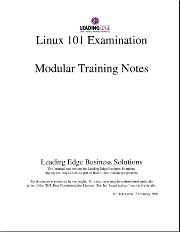
The Linux 101 & 102 Modular Training Notes are two separate manuals for individuals who wish to study for the LPI 101 or 102 examinations.
Topics covered include:
- Covers all of the key core elements of Linux
- Documentation
- Network configuration: TCP/IP, DHCP
- Kernel configuration
- Printing
- Device configuration
- Internet related areas including email, Apache, DNS, Squid, Security
17. Linux Device Drivers, Third Edition
By Jonathan Corbet, Allesandro Rubini, Greg Kroah-Hartman (PDF, HTML, DocBook; 615 pages)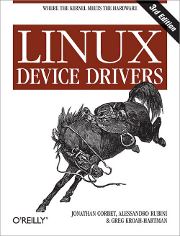
This book covers all the significant changes to Version 2.6 of the Linux kernel, which simplifies many activities, and contains subtle new features that can make a driver both more efficient and more flexible.
Readers will find new chapters on important types of drivers not covered previously, such as consoles, USB drivers, and more.
Topics covered include:
- Building and running modules
- Char drivers
- Debugging techniques
- Concurrency and Race conditions
- Time, Delays and Deferred Work
- Allocating Memory
- PCI & USB Drivers
- Memory Mapping and DMA
- Block & Network Drivers
18. LINUX: Rute User’s Tutorial and Exposition
By Paul Sheer (PDF, HTML; 660 pages)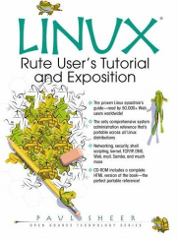
Rute is a technical reference and teaching tool for new GNU/Linux users as well as advanced administrators. It provides concise, thorough explanations and practical examples of each aspect of a Linux system.
Topics covered include:
- Learn how to become a competent Linux user
- Become familiar with the command line
- Learn about key utilities like sed and important related skills like C programming, shell scripting, and regular expression creation
- Coverage of server software including HTTPd, Sendmail, Exim, and PostgreSQL
- Basic system administration
- Advanced shell scripting
- Networking: IP, TCP, UDP, DNS and Name Resolution, NFS
19. Linux Network Administrator’s Guide – 2nd Edition
By Olaf Kirch, Terry Dawson (PDF, HTML; 489 pages)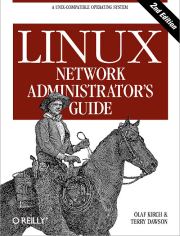
This book was written to provide a single reference for network administration in a Linux environment. Beginners and experienced users alike should find the information they need to cover nearly all important administration activities required to manage a Linux network configuration.
Topics covered include:
- Introduction to Networking
- TCP/IP including Address Resolution, IP Routing, ICMP
- Configuring the Networking & Serial Hardware
- Configuring TCP/IP Networking
- Name Service and Resolver Configuration
- Firewalls
- IP Accounting, Masquerading, and Network Address Translation
- Network Information System, Network Filesystem
- Email, Netnews. C News, NNTP, Internet News, Newsreader configuration
20. tuXlabs Cookbook
By Jean Jordaan, The Shuttleworth Foundation (PDF; 153 pages)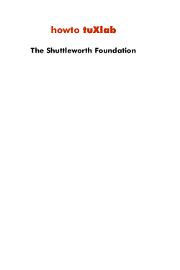
This book is meant for anyone who wants to set up a computer laboratory according to the specifications of the Shuttleworth Foundation.
This kind of laboratory “called a tuXlab after the Linux mascot, Tux the Penguin” uses only free software, is easy to administer, and makes the best use of old or obsolete hardware.
Back to the Beginning: 20 of the Best Free Linux Books – Part 1
This article is divided into four parts:
Part 1, Part 2, Part 3, Part 4
 Read our complete collection of recommended free and open source software. Our curated compilation covers all categories of software. Read our complete collection of recommended free and open source software. Our curated compilation covers all categories of software. Spotted a useful open source Linux program not covered on our site? Please let us know by completing this form. The software collection forms part of our series of informative articles for Linux enthusiasts. There are hundreds of in-depth reviews, open source alternatives to proprietary software from large corporations like Google, Microsoft, Apple, Adobe, IBM, Cisco, Oracle, and Autodesk. There are also fun things to try, hardware, free programming books and tutorials, and much more. |
